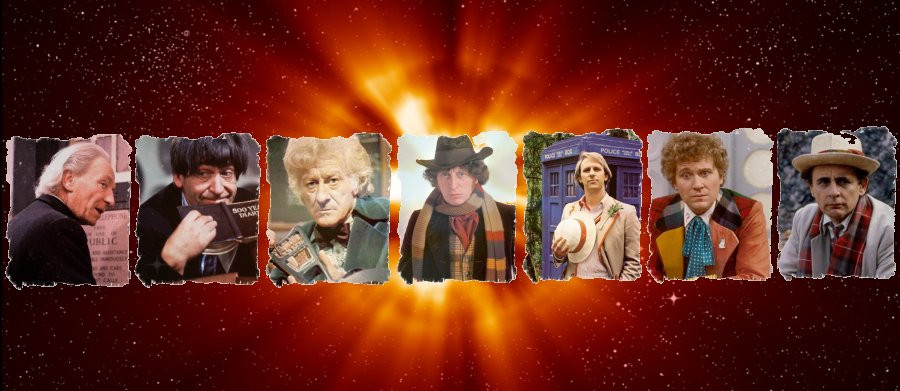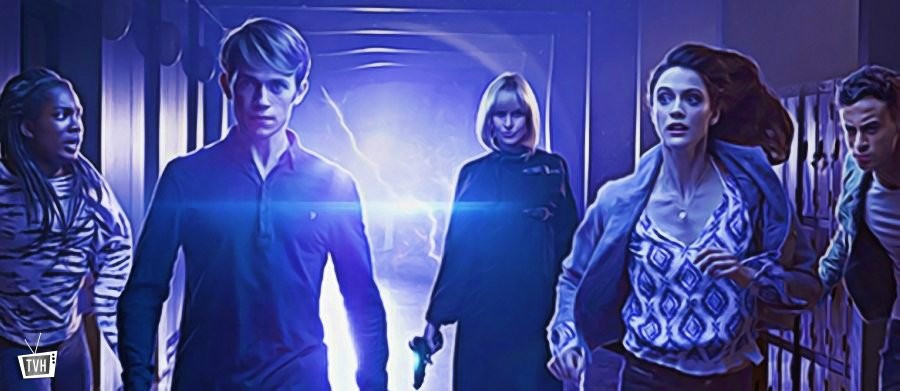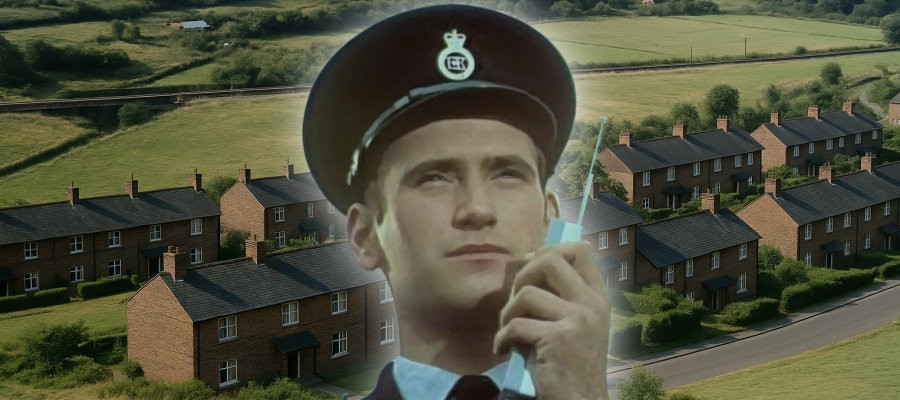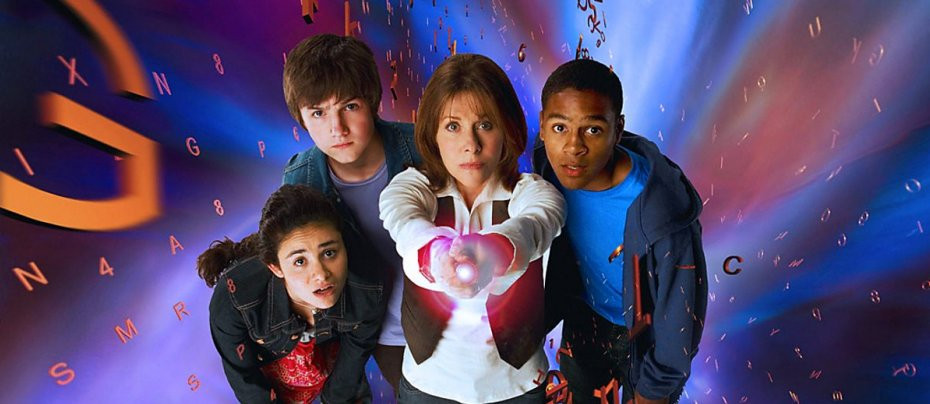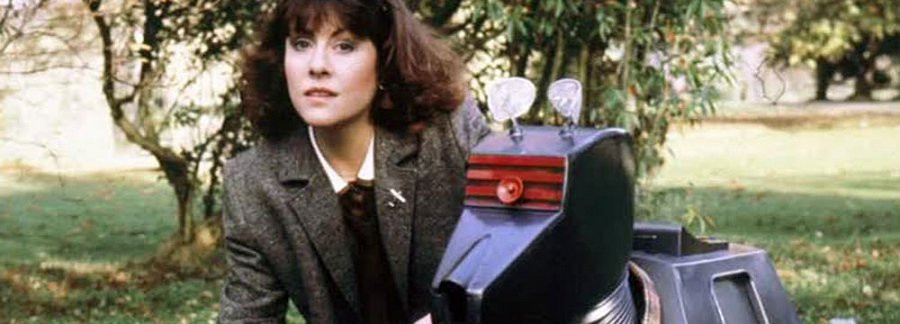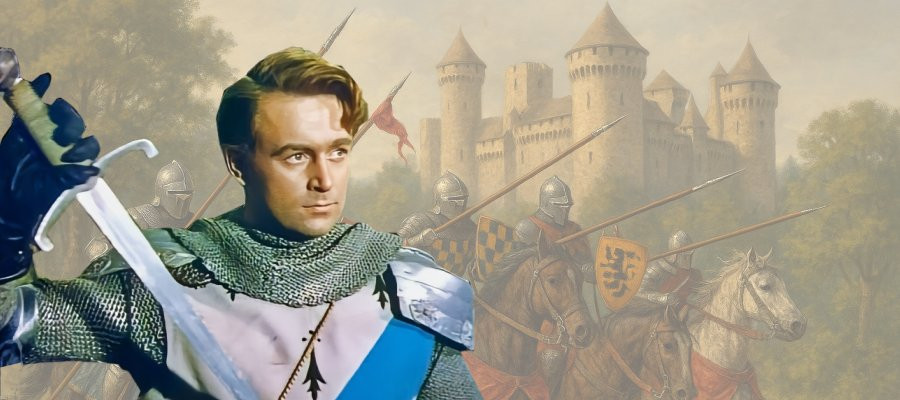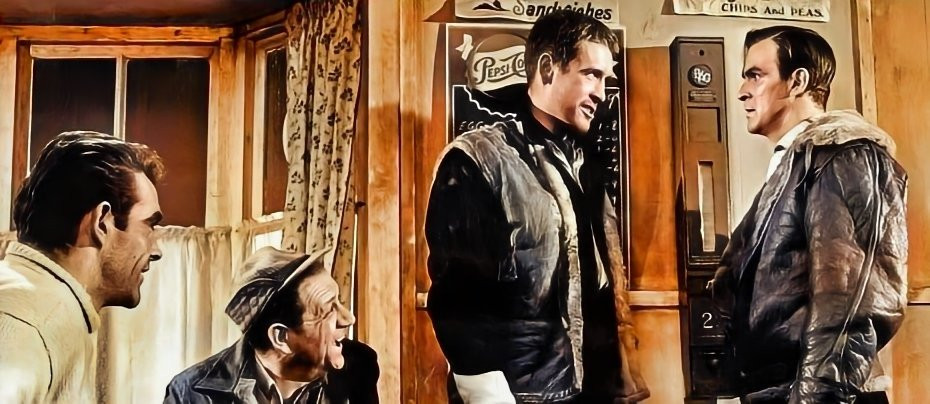Planet of Giants (1964)
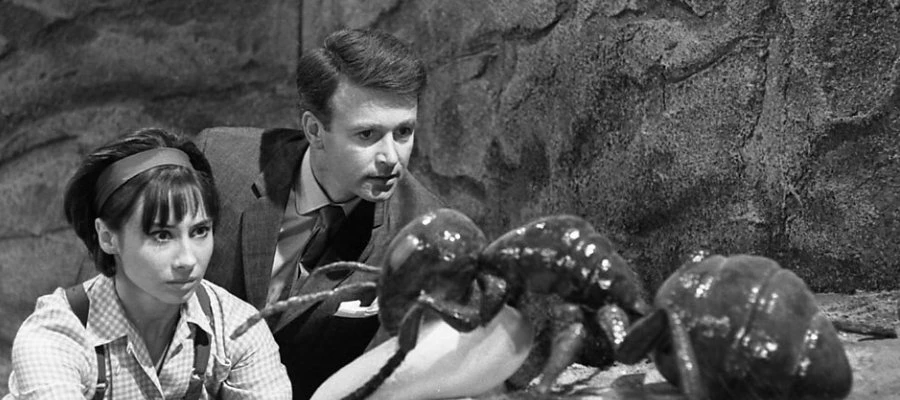
Review by Laurence Marcus
After a string of historical dramas and alien worlds, Doctor Who’s second season opens with something altogether stranger and more unsettling. Planet of Giants plunges the Doctor and his companions into a distorted reflection of the everyday — a suburban garden and home rendered vast and treacherous after a TARDIS malfunction reduces the crew to minuscule size. The result is a visually ambitious and thematically daring story that trades cosmic threats for a chillingly grounded danger: the impact of human carelessness on the natural world.
The first Doctor Who adventure set on contemporary Earth since the programme's 1963 debut (An Unearthly Child), and the first set in England since the same, Planet of Giants uses its familiar setting to unsettling effect. Drawing inspiration from Rachel Carson’s groundbreaking ecological exposé Silent Spring, writer Louis Marks — here making his series debut — crafted a story intended to confront audiences with the dangers of unchecked pesticide use. By shrinking the TARDIS crew, Marks allows them to see the world through the eyes of the creatures most at risk.
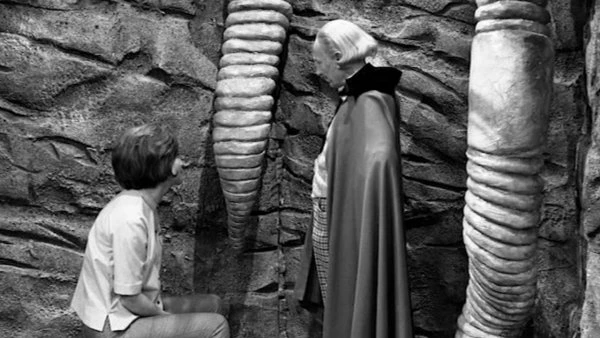
The TARDIS lands in what seems to be a strange and lifeless landscape. The rocks are evenly spaced. There is a strange residue underfoot. A matchbox and a pack of cigarettes appear on the horizon. It doesn’t take long before Ian, Susan, Barbara and the Doctor realise the awful truth: they haven’t landed on an alien world — they’ve become tiny, lost in an English garden poisoned by a chemical that kills indiscriminately. As they explore, they encounter lifeless ants, a fallen bee, and a looming human threat.
That threat takes the form of a ruthless industrialist named Forester. A government scientist, Arnold Farrow, arrives at his home with unwelcome news: DN6, a newly developed pesticide, has failed to receive government approval. It is simply too dangerous — lethal not just to pests, but to all forms of life. The two men clash bitterly, and when tempers flare, Forester draws a gun and coldly murders Farrow to protect his interests.
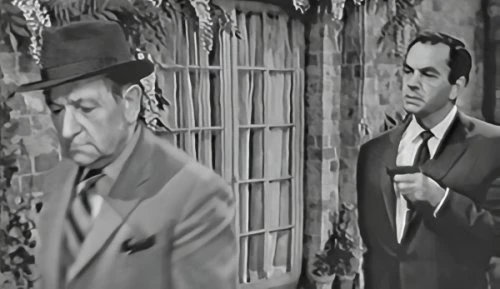
Smithers, the scientist who developed DN6 under Forester’s funding, arrives soon after. Forester attempts to disguise the killing as self-defence but Smithers sees through the false story almost immediately; too much doesn't add up. The angle of the shot. The placement of the body. Confronted, Forester confesses without shame, offering Smithers a chilling ultimatum: help conceal the crime, or let your life's work die with Farrow. Smithers, torn between guilt and ambition, becomes a reluctant accomplice in a conspiracy that threatens both their futures — and the planet's.
While the human-scale drama plays out above, the TARDIS crew struggle to survive below. Barbara is exposed to traces of DN6 and begins to fall dangerously ill, while the others desperately search for a way to intervene. In the end, they devise an ingenious plan to attract attention: using a gas tap and an aerosol can, they construct a makeshift explosive that detonates in Forester’s lab, alerting the authorities. With the villains apprehended and DN6 exposed, the travellers return to the TARDIS and the Doctor restores them to their proper size — Barbara, near death only moments before, makes a full recovery.
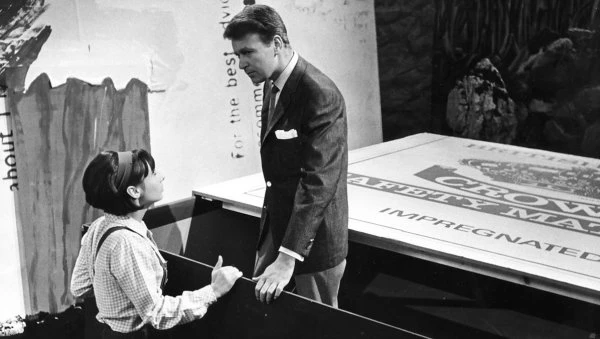
Visually, Planet of Giants is one of the most inventive serials of the early era. Raymond Cusick’s oversized sets — giant insects, towering books, immense household objects — remain impressive even by modern standards, particularly considering the pre-CGI era in which they were realised. The enormous sink and plug chain that the Doctor and Susan must navigate is a triumph of practical design. Dudley Simpson, making his debut as composer, delivers an atmospheric score that lends a heightened tension to the story’s quieter moments.
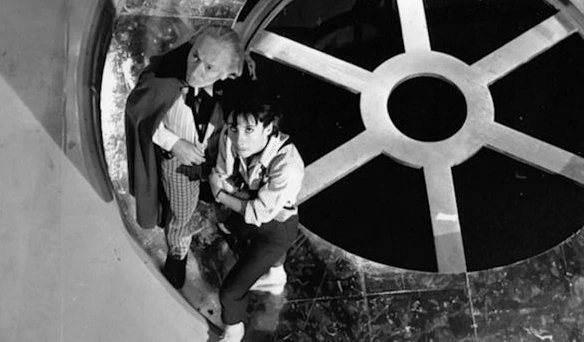
Yet for all its originality and craft, Planet of Giants stumbles in execution. Originally scripted as a four-parter, the story was hastily compressed into three episodes at the insistence of BBC Head of Serials Donald Wilson, who felt it did not sustain four instalments. As a result, the final third feels rushed and uneven. Barbara’s poisoning — potentially a slow and haunting subplot — is resolved too quickly, and the conclusion arrives with abrupt neatness.
Compared to earlier serials, Planet of Giants offers a different kind of tension. It lacks the mythic sweep of The Aztecs or the apocalyptic dread of The Daleks, but it makes up for it with a compelling message and a sense of claustrophobic peril. It is science fiction at its most cautionary — closer in tone to early BBC fictional dramas such as The Escape of R.D.7 than to classic science fiction adventure serials. And in a time when ecological issues were rarely the stuff of prime-time television, its message is remarkably prescient.
Behind the scenes, the serial marked several important debuts: Louis Marks as writer, Douglas Camfield as director, and Dudley Simpson as composer — all figures who would go on to leave a lasting mark on the series. It was also the final story made at BBC Television Centre before the move to Riverside Studios, closing a chapter in the production history of the programme. During its filming, producer Verity Lambert secured a second production block for Doctor Who, although there was a moment of contractual tension as the original cast began to reconsider their futures with the show (Carole Ann Ford having already decided to leave).
Planet of Giants is a flawed but fascinating early Doctor Who tale. Its scale may be small, but its ambition — and its warning — loom large, and it is Doctor Who at its most experimental. Not quite essential viewing, but certainly a unique chapter in the First Doctor’s adventures.
★★☆☆☆


